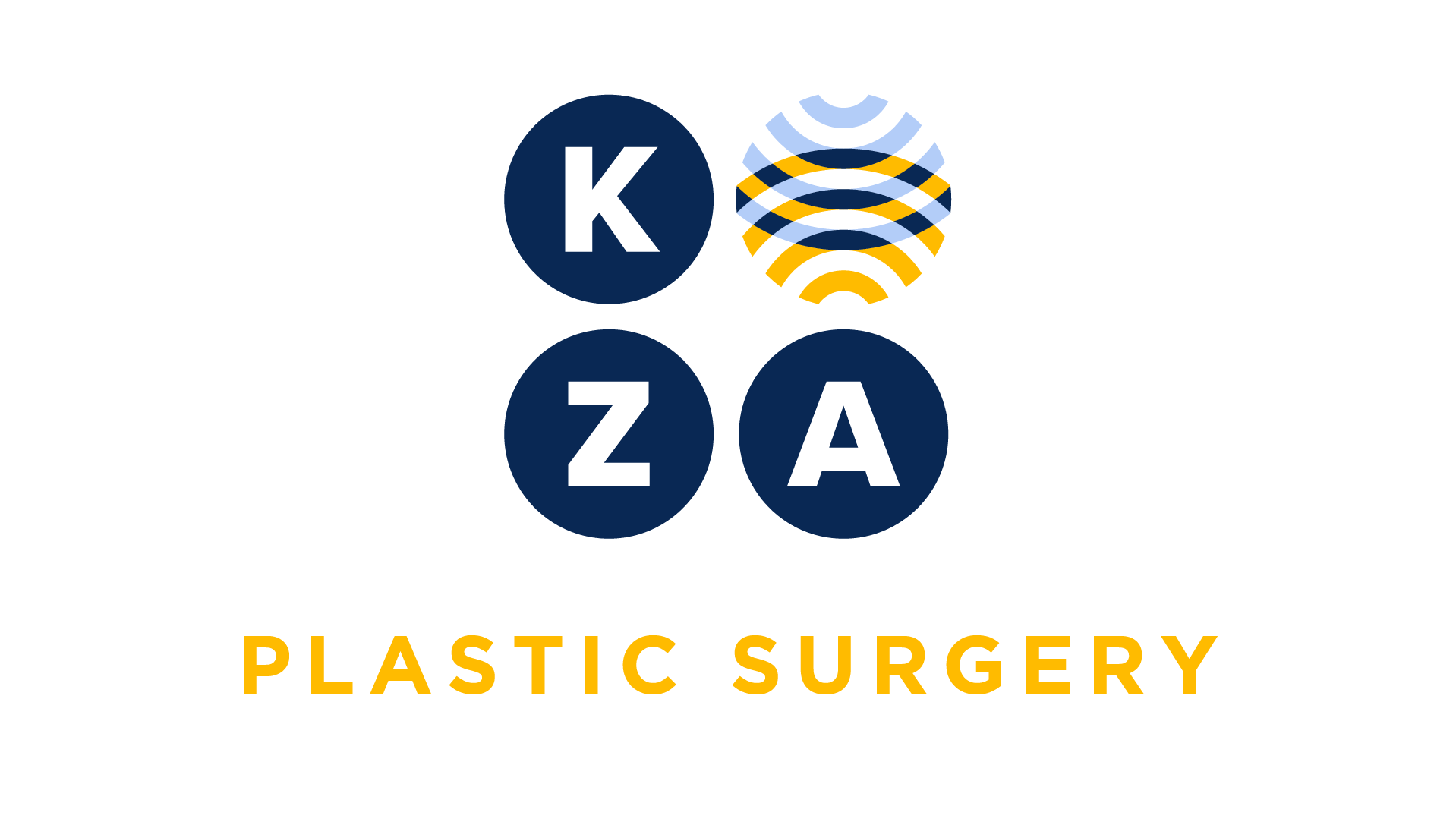
Choose your specialty from the list below to see how our experts have tackled a wide range of client questions.
Looking for something specific? Utilize our search feature by typing in a key word!
Botox for Migraine Headaches
When you inject Botox for migraine headaches, can you bill the injection code more than one time? We normally go about this as a cosmetic procedure, but I just wanted to look into this…
Question:
When you inject Botox for migraine headaches, can you bill the injection code more than one time? We normally go about this as a cosmetic procedure, but I just wanted to look into this to see if I could bill out CPT code 64615 for each muscle group that is injected?
Answer:
The CPT language is very clear that all four muscle groups, on both sides, must be injected for a total of 8 injections. CPT 64615 states Chemodenervation of muscle(s); muscle(s) innervated by facial, trigeminal, cervical spinal and accessory nerves, bilateral (eg, for chronic migraine). In your scenario, you will use 64615 and bill as 1 unit.
*This response is based on the best information available as of 3/14/19.
Diagnosis Code for Post Op Visits
What’s the best way to do the diagnosis coding for postop visits? I mean, does it really matter since we aren’t billing for a visit?
Question:
What’s the best way to do the diagnosis coding for postop visits? I mean, does it really matter since we aren’t billing for a visit?
Answer:
Yes, it is important to accurately code the diagnosis. The ICD-10-CM guidelines for postop/aftercare include the following:
- If the original diagnosis is trauma (eg, using an S diagnosis code)ora code that requires a 7thcharacter (eg, M80-): then you’ll continue to use the original diagnosis code but you’ll change the 7thcharacter to one which includes “subsequent encounter”. For example, a finger fracture – when you fixed the fracture in surgery you used a diagnosis code with a 7th character of, say, A (initial encounter, closed fracture). So for your postop visits (CPT 99024), you’ll use the same finger fracture diagnosis code but with a 7thcharacter of, say, D (subsequent encounter, routine healing).
- For non-trauma diagnoses (and those that do not require a 7thcharacter): Now you’ll switch to a Z code when you’re using CPT 99024. Look at the Z48.- codes…there are several that can be used such as:
Z48.00 Encounter for change or removal of nonsurgical wound dressing
Z48.01 Encounter for change or removal of surgical wound dressing
Z48.02 Encounter for removal of sutures (or staples)
Z48.03 Encounter for removal of drains
*This response is based on the best information available as of 1/31/19.
Post Op Hemorrhage Repair: Is it Billable?
Can I bill for taking the patient back to the OR to explore and repair post-op hemorrhage on day 3 post-op? I heard that all complications are included in the payment of the original
Question:
Can I bill for taking the patient back to the OR to explore and repair post-op hemorrhage on day 3 post-op? I heard that all complications are included in the payment of the original surgery.
Answer:
Yes, you may bill for this. CPT and Medicare agree that taking the patient back to the OR to treat a complication is billable. Modifier 78 (unplanned return to the OR) is appended to the procedure code(s) performed to treat the hemorrhage. The appropriate ICD-10-CM code for a postoperative hemorrhage would also be reported.
*This response is based on the best information available as of 1/17/19.
Diagnosis Code for a Scar Contracture
What ICD-10-CM diagnosis code do I report for a patient seen for a release of scar contracture of the flexor surface of the left elbow after healing of a third degree burn?
Question:
What ICD-10-CM diagnosis code do I report for a patient seen for a release of scar contracture of the flexor surface of the left elbow after healing of a third degree burn?
Answer:
You would report L90.5 (scar conditions and fibrosis of the skin) and T22.322S
(Burn of third degree of left elbow, sequela). The condition you are treating is listed first with the sequela (late effect) reported as the secondary diagnosis.
*This response is based on the best information available as of 08/09/18.
Coding a Composite Graft with Harvested Cartilage
I performed a composite graft (CPT 15760), and harvested cartilage from the ear. Can I report for the harvesting? If yes, what code do I use?
Question:
I performed a composite graft (CPT 15760), and harvested cartilage from the ear. Can I report for the harvesting? If yes, what code do I use?
Answer:
You can report both 15760 (Graft; composite (eg, full thickness of external ear or nasal ala), including primary closure, donor area) and CPT 15040 (Harvest of skin for tissue cultured skin autograft, 100 sq cm or less) for harvesting the graft. These two codes are not bundled under the National Correct Coding Initiative and can be reported together.
*This response is based on the best information available as of 06/14/18.
Removal of Mandibular Implant
We are removing old plates from the right and left mandible. It is ok to use 20680 x 2?
Question:
We are removing old plates from the right and left mandible. It is ok to use 20680 x 2?
Answer:
There was just a CPT Assistant about this in January 2018. CPT 20680 (Removal of implant; deep (eg, buried wire, pin, screw, metal band, nail, rod or plate)) may be reported twice for removal of implants from noncontiguous sites on the same bone, such as the mandible, if separate incisions are made. However, use 20680 only once if one incision is made to remove bilateral implants from the same bone such as the maxilla.
*This response is based on the best information available as of 04/19/18.

